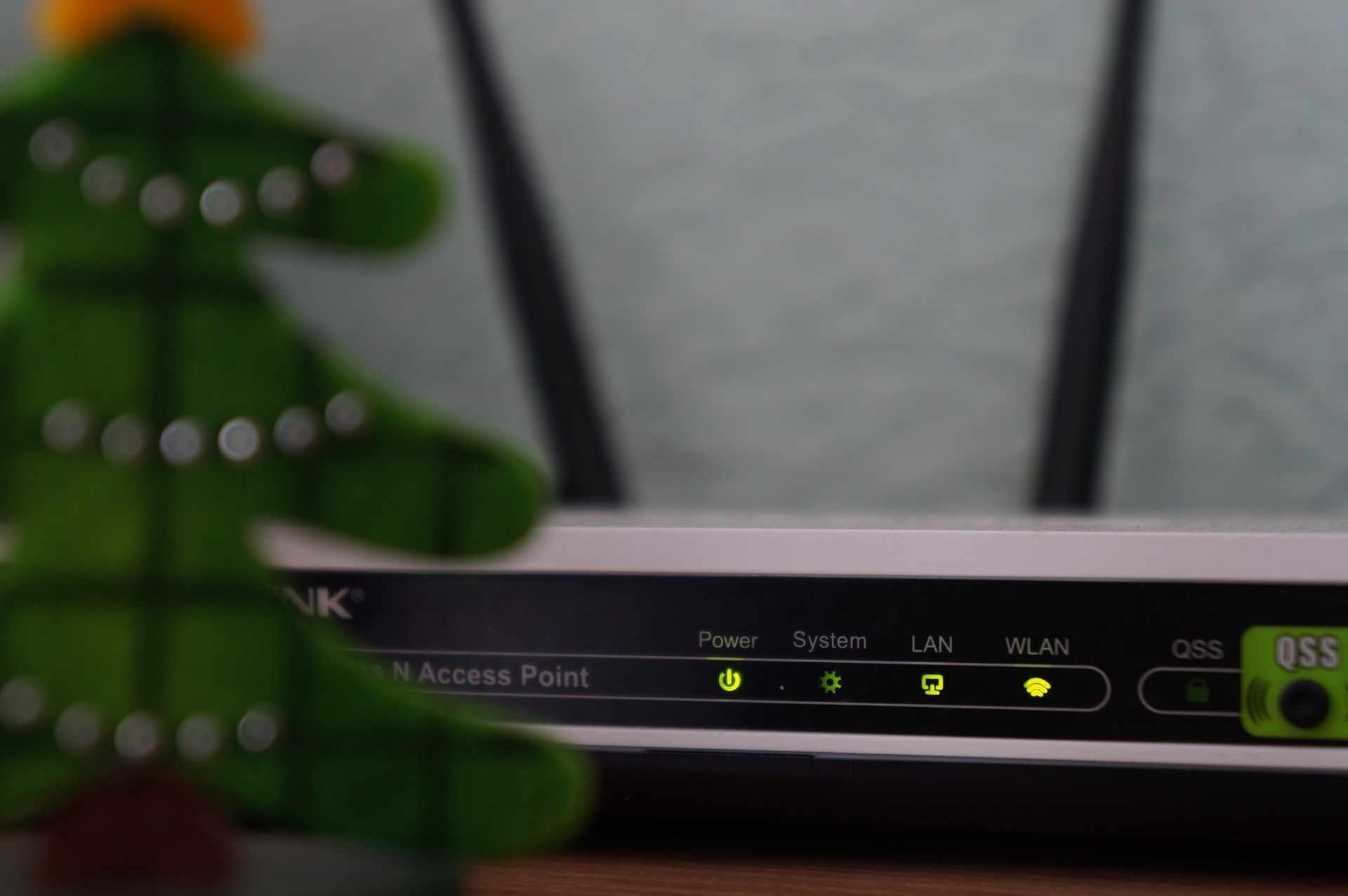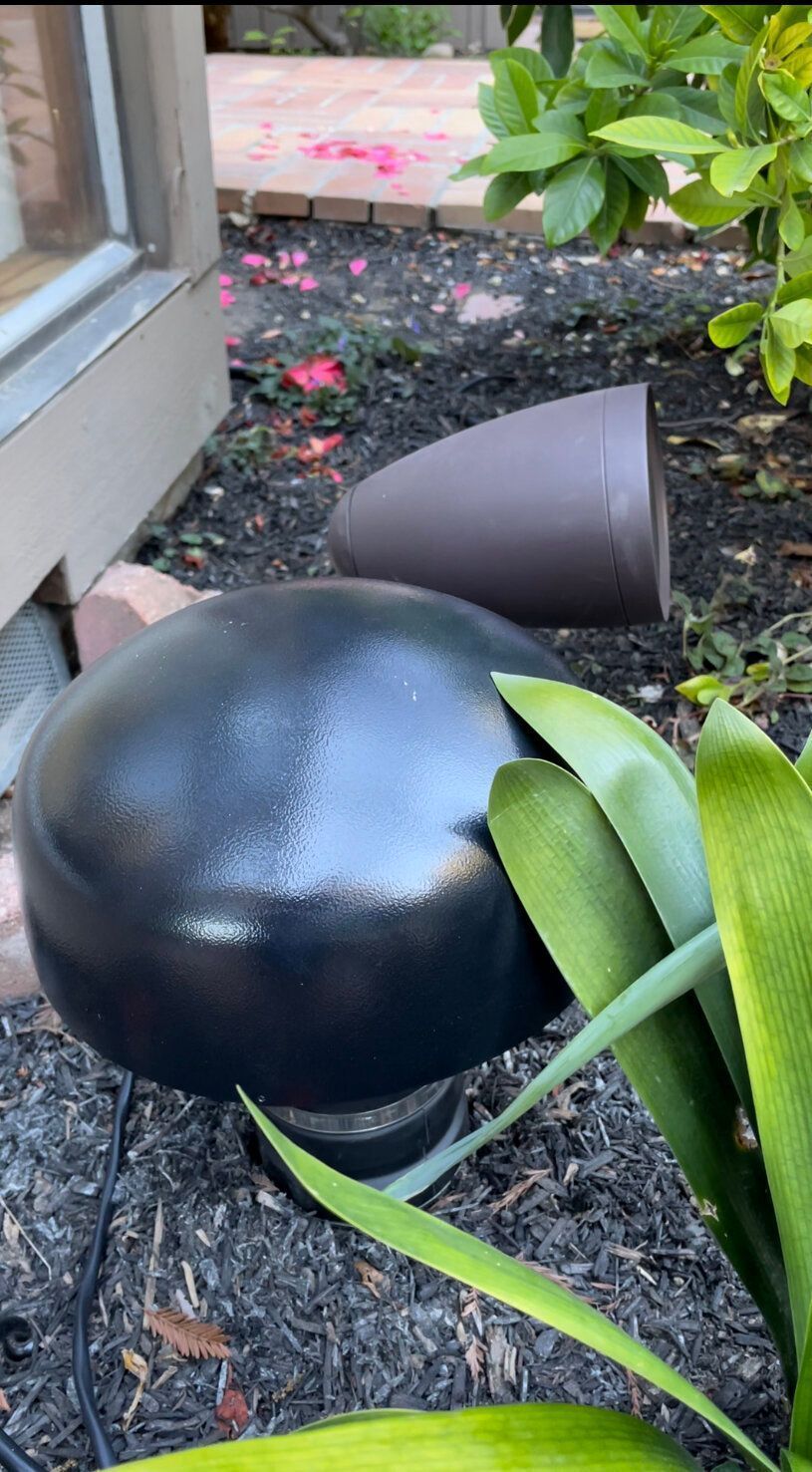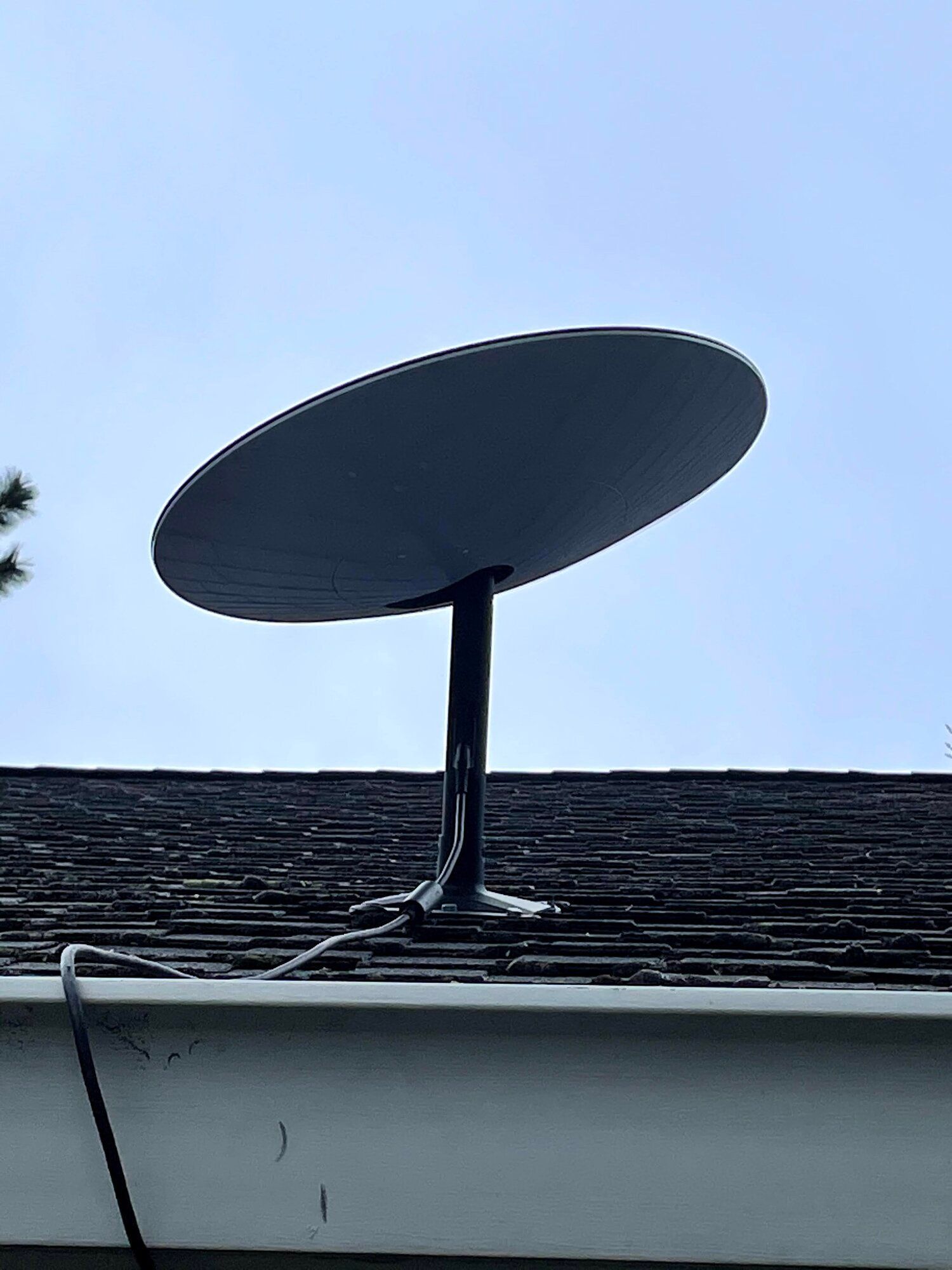Your Home Network: Understanding Mesh Networks
Tip 4: Using a Mesh Network – Pros and Cons
Understanding your Wi-Fi. The Wi-Fi router is the main piece of equipment that broadcasts the wireless signal to your devices. A router manages internet traffic between your modem and Wi-Fi-enabled devices such as computers or tablets. Most internet providers, i.e. Xfinity or AT&T, provide one piece of equipment that is both modem and router. Whether you have two pieces of equipment (modem plus router) or one (modem/router combo), this is your access point to the internet. A typical router’s signal is usually sufficient for an apartment, small home, or small office. Buildings with multiple floors, rooms, dense walls (i.e. lathe/plaster walls in older homes) or a lot of glass usually require something more robust to provide adequate coverage.
Why a mesh network (and what is it)? A mesh network is a good solution to connectivity issues as it helps eliminate dead zones. It is a series of wireless repeaters – nodes – to spread coverage to areas where there are no wired connections available. Each node maintains a wireless connection to every other node within range, creating a “mesh” of multiple connections. Some may associate a mesh network with network extenders but they are not the same. Whereas wireless repeaters spread coverage from node to the next, and always routing back to the access point, extenders merely broadcast copies of a signal, resulting in perhaps a strong signal, but a slow speed. This poor performance level is especially critical if your household is both video conferencing and/or gaming – and simultaneously by multiple users.
A mesh network can be a great solution for the average Wi-Fi user at home because
- they are affordable.
- they are usually easy to set up.
- they require no additional wiring – each node needs only a power outlet.
- they are easy to manage via a mobile app where you can test network speed, restrict access to websites, create a guest network, and connect to smart home devices.
What’s the downside?
Most mesh network systems have automatic settings (as opposed to manual settings) which:
- may not provide a way to minimize interference from neighboring networks
- may make troubleshooting more difficult
- may not offer adequate administrative options for power users (gamers)
While a mesh network can be the perfect solution for many users, they don’t hold up under heavy use. A large family with multiple streaming devices in use, an office, or a commercial setting all require something more robust.
GRAPHIC A: The green shows the coverage the mesh network provides to the home. The white cubes denote wireless repeater nodes.
now. Later will take care of itself. It always does.










